Breadth of coverage across key retail destinations and a high correlation with national spending data means retailers should ignore footfall statistics at their peril.
Retailers are facing the most critical festive period of recent years. As interest rates rise for the first time in a decade and inflation remains at a five-year high, stuttering pay growth has slashed consumer budgets.
In addition, the shift in consumer behaviour away from purely transactional store visits towards leisure-based experiential trips presents retailers with a double-edged sword.
While these trips do drive footfall, increase the time spent in store and potentially drive revenue, they can divert already constrained spending capability away from retail towards food and beverage and entertainment.
Future trends uncovered early
Springboard’s footfall data shows that until the third quarter of this year, footfall was remarkably resilient and retail sales continued to rise. But by October, both measures had fallen.
Though we are familiar (even comfortable) with a drop in footfall – in part the result of an increasingly digitised retail landscape – a drop in retail sales marks a watershed moment for the sector as a rise in prices should inflate sales values, not deflate them.
“Not only are spend and footfall closely correlated, but our data has proven that footfall trends are accurate in anticipating future sales performance”
It is this environment in which the value of footfall is demonstrated. Not only are spend and footfall closely correlated, but our data has proven that footfall trends are accurate in anticipating future sales performance.
The immediate and continuous nature of the data, its breadth of coverage across high streets, shopping centres and retail parks, and its 93% correlation with national spending statistics means that by just tracking footfall it is possible to uncover the early warning signs of change that negatively impact trading success.
The clearest example of this is the shift towards the leisure-based trip. Springboard’s footfall data identified an increase in post-5pm footfall as early as 2015, rising from -1.5% to +0.7% in 2016.
Given most stores outside London do not trade after this time, an increase in footfall during this period of the day indicates a demand for non-retail endeavours.
Springboard continues to keep the sector in touch with the latest trends in consumer behaviour and provides retailers with the key data they need to stay ahead of the curve.
Diane Wehrle, marketing and insights director, Springboard Research






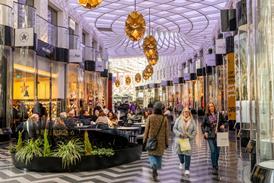


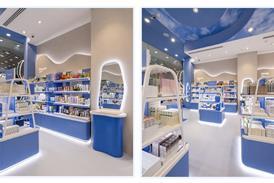













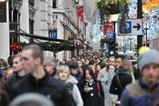


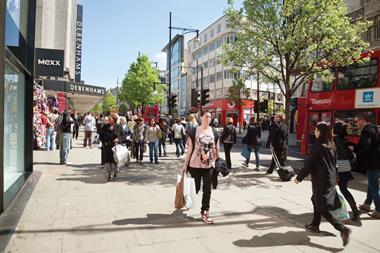

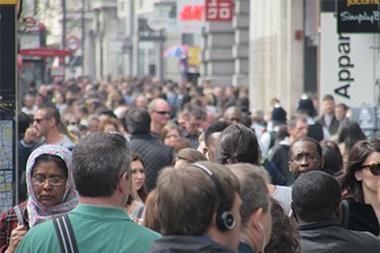


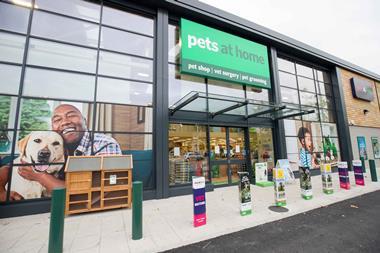
No comments yet